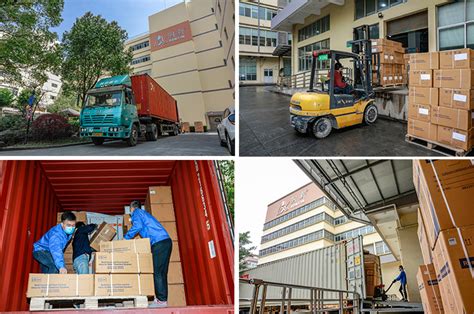集装箱维修工作好干吗
```html
Container Maintenance: Best Practices
Containers play a crucial role in global trade, facilitating the transportation of goods across continents. Proper maintenance is essential to ensure the longevity and safety of containers. This presentation outlines the best practices for maintaining containers effectively.
Regular inspections are vital to identify any damages or wear and tear. Inspect the exterior and interior of the container for:
- Dents and scratches
- Rust and corrosion
- Leaks
- Door seals
Proper cleaning helps prevent corrosion and contamination of goods. Follow these steps for effective cleaning:
- Remove debris and dirt using water and detergent
- Inspect for residues and clean thoroughly
- Dry the container completely before storage
Rust can weaken the structure of the container. Prevent rust formation by:
- Applying rustresistant coatings
- Regularly inspecting and repairing paint damage
- Keeping the container dry and moisturefree
Timely repairs are crucial to maintain the structural integrity of the container. Address issues such as:
- Damaged panels
- Welding defects
- Loose or broken fittings
Ensure the security of the container to prevent theft and unauthorized access. Implement:
- Highquality locking mechanisms
- Regular security checks
- Tracking systems for monitoring
Effective maintenance of containers is essential for preserving their functionality and prolonging their lifespan. By following these best practices, you can ensure the safe and efficient transportation of goods while minimizing risks and costs associated with container damage.

